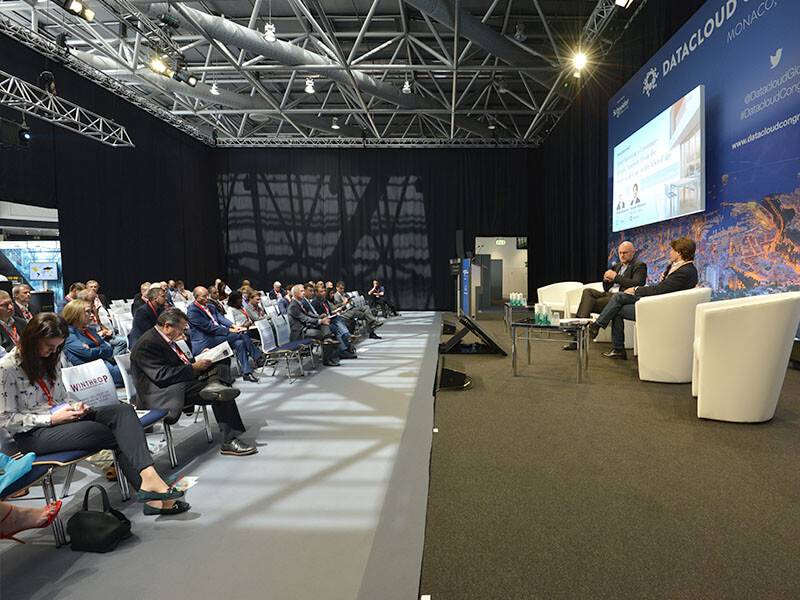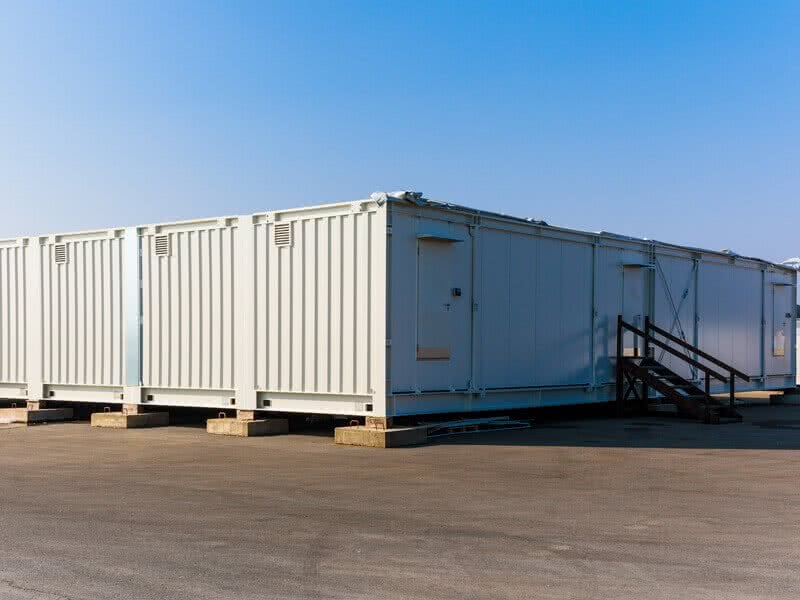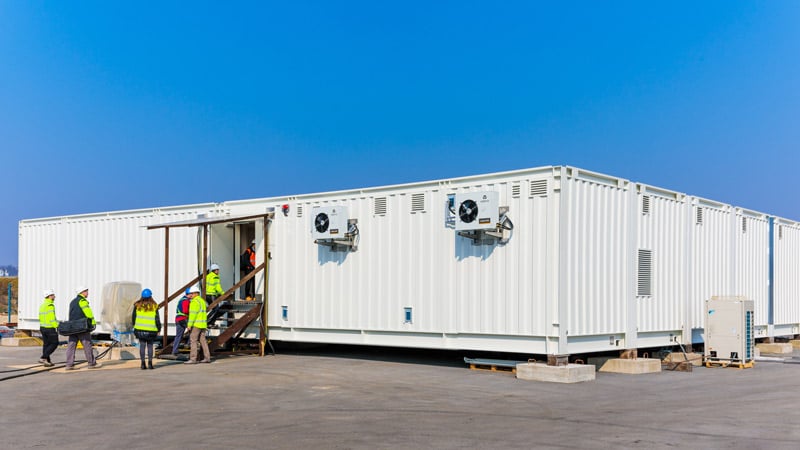Operators in the region are eschewing established ways of building and operating digital infrastructure for technologies and service that are the best fit for local needs.
Digital transformation is helping to remake societies across the globe.
From social media to online public services, digital technologies are creating new ways to communicate, collaborate and transact. Those changes will be profound in so-called developed economies but in other regions they have the potential to be even more transformative.
Take Africa for example. While we should avoid making any sweeping generalisations about a vast and diverse continent, it is undergoing a significant technology shift and in ways that set it apart from other regions.
As management consultancy PwC pointed out in a recent report, Africa is a diverse and heterogenous continent which means it’s not only different to other regions but it has significant regional differences. “Western models won’t work in Africa – the lack of legacy and pace of change mean that Africa is already beginning to leapfrog other continents. Similarly, no model can be transferred intact from one African country to another,’ PwC states.
That philosophy can also be applied to the data center and telecoms infrastructure that will enable and underpin much of Africa’s digital transformation.
“More multi-tenant data center facilities will be built across Africa over the next two years than were established over the past three combined,” states Africa-focused analyst company Xalam Analytics. “Data center colocation space, power, and revenue are all set to double over the next five years.”
Cloud capacity is also increasing – especially in South Africa. “With both Microsoft and Amazon planning to open local hyperscale data centers in 2020, adoption and use of the cloud will only increase in South Africa,” says David Lovelock, distinguished research analyst vice president at Gartner.
Google and Facebook are also funding new subsea cables. Facebook’s cable – nicknamed Simba – will reportedly circle the continent and connect on multiple coasts. Various other sea cable connection activities are underway or planned from multiple companies which also incorporate connections from west and east into Africa and not just Europe, increasing the connectivity capacity and reach.
But while growth in connectivity and data centers will be significant, as PwC points out that new infrastructure need to be tailored to Africa’s unique requirements. Taking an extreme view, that means ripping up the rulebook that has worked in other locations and writing a new one for Africa.
That established rule-book, with some variation, includes:
- Ownership: Colocation providers and hyperscales can build, and operate, more efficient facilities than enterprises. As such enterprise investment has slowed.
- Construction: Despite the existence of prefabricated modular (PFM) technology, bespoke builds are still the preferred method to achieve the specific requirements of many operators.
- Effectiveness: Power Usage Effectiveness (PUE) is still the most popular way to measure data centre effectiveness and the lower the PUE the better. (overcooling is to be avoided).
- Availability: The grid remains the primary source of power. Investing in UPS and generators are still necessary but should be minimised as excess resiliency is seen as wasted capex. (networks and applications will also take up some of the resiliency burden).
- Security: Physical security is important but cyber-attacks poise a greater threat in the long-term.
- Management: Data Centre Infrastructure Management tools (DCIM) and associated software have proven benefits but skilled on-site staff are still viewed as the best way to ensure efficient management and maintenance.
Of course, the established model for data center design and operation continues to evolve and faces disruption even in developed markets, but arguably it still underpins a lot of the investment decisions in new data centre capacity. Developing infrastructure that is the ‘best fit’ for a heterogenous Africa is obviously challenging. Some of the established approach may still apply in some countries – most notably South Africa – but others will require new thinking well outside the conventional box.
- Ownership: Enterprises have preferred to own and operate their own sites and some may still be sceptical of third-parties. This is beginning to change however and the number of public cloud providers and colocation operators is growing. Growth in edge will also introduce new ownership models.
- Construction: A lack of skilled construction staff, complex logistics, environmental conditions (heat, dust, flooding) mean that Prefabricated Modular (PFM) may become the default way to ensure high-quality builds to budget and with compressed timelines. Africa could take a regional lead on PFM. The scalability of prefab will also assist in overcoming funding constraints.
- Effectiveness: PUE is a relatively blunt metric taking into consideration environmental conditions such as dust, humidity, temperature and altitude. PUEs will intrinsically be higher in Africa than temperate regions but PUE optimisation and energy source management is already a strategic imperative for many of the established and new operators.
- Availability: Grid instability and availability is one of the most serious issues across the continent. Generators and UPS’s may often be viewed as the primary source of power with the grid as an unreliable back-up. On-site renewables are also gaining ground with some colocation providers already invested into solar (e.g. Etix Everywhere in Accra, Ghana). This could enable new models of revenue generation around feeding excess own power generation back into the grid but will depend on regulatory requirements per country.
- Security: Physical security threats – break-ins, theft of equipment – are a major concern and need to be incorporated from the design stage. Cyberattacks should be high on the priority list as they are a world phenomime.
- Management: Skilled staff may be difficult to source, or retain, which potentially elevates the benefits of DCIM and other management software for operating lights-out facilities particularly at the edge.
The idea that data center infrastructure should be optimised, and adapted, for Africa isn’t just theory – progressive operators are already taking that approach.
Take for example, Internet Solutions, with their partner Dimension Data, which recently made the decision to expand its data centre footprint in Johannesburg. The companies turned to Vertiv to deliver a high-quality prefabricated modular Tier III compliant data center system for their Parklands facility. Designed to accommodate ocean shipment, the facility was prefabricated, integrated, and tested in Vertiv’s European facility. It was then disassembled into 12 shippable units, packed for transport, and made the journey to South Africa, where it was reassembled on site and ready for testing in under six weeks.
At the end of the day, there is no technology panacea for the opportunities and challenges that Africa faces during this period of digital transformation. What is required is the right blend of proven technologies and practices combined with an in-depth understanding of local market conditions. Some of the established rule-book will certainly be reusable but we must be prepared to write a lot of new pages.






